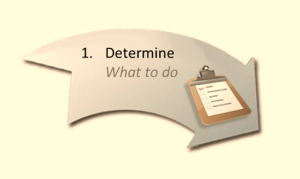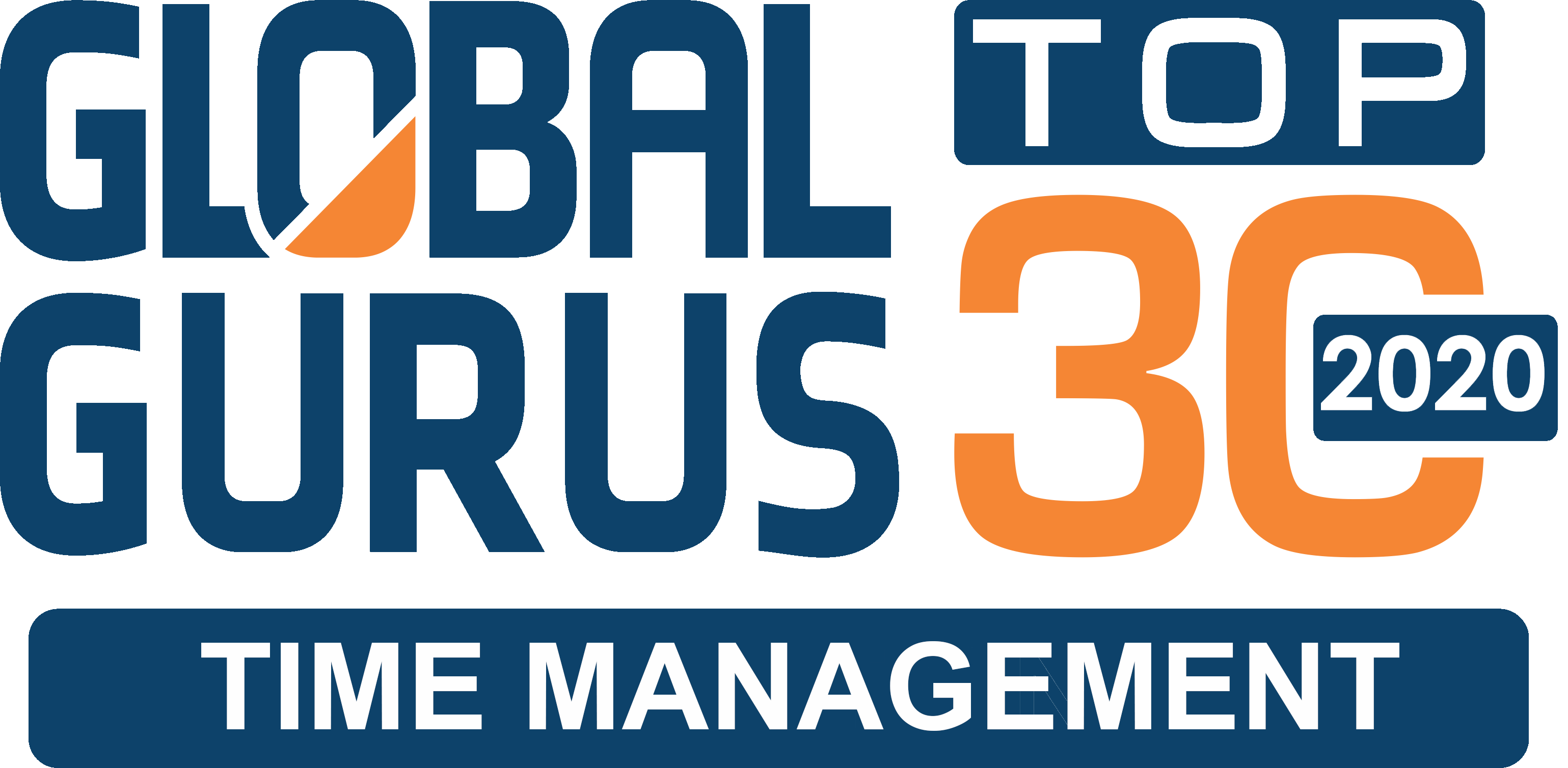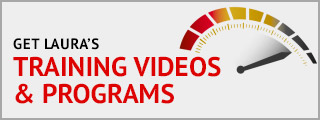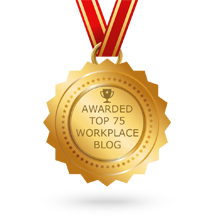Since 1992, I’ve dedicated my career to teaching people how to do less while achieving more. American workers need this relief now more than ever. In the past decade, we’ve worked harder and done more with less than at any time since the Great Depression. Unfortunately, the pay hasn’t kept pace with our efforts, and we often excel at the expense of our health, relationships, and free time. People are tired of “do more with less” and want to “do less and achieve more”! Overwork may be slowly killing you, emotionally, physically, and/or spiritually.
But it doesn’t have to.
Often, overwork stems from taking the wrong approach to structuring one’s schedule. I have a solution to offer—one that will significantly reduce your task load and help you rebalance your work/life ratio in your favor. In my new book, What to Do When There’s Too Much To Do: Reduce Tasks, Increase Results, and Save 90 Minutes a Day, I introduce my breakthrough Productivity Workflow Formula™ (PWF). The PWF’s core message is simple: reduce, reduce, reduce! It’s always better to do less, not more, so you can do better, more focused work.
In this series, I’ll give you a sneak preview of the six steps of the PWF.
Step 1: Determine What to Do: REDUCE YOUR TO-DO LIST
Too often, we overwork ourselves by doing what doesn’t matter much or what someone else could do. You can remedy this by studying your work requirements closely and then zeroing in on what truly matters. Use the medical concept of triage to reduce your to-do list to manageable proportions. The emergency room doesn’t treat patients in the order they walk in the door; you shouldn’t work in the order tasks arrive in your inbox or by who screams the loudest. Remain flexible at all times, realizing priorities can shift on the fly, with new high-priority tasks muscling their way into the workflow and pushing aside less-important items.
Quit thinking of your To Do list as a Must Do list, and in general, stop doing things that lack long-term consequences for your job. Delegate out low-profit or low-priority items. Take what remains and sort them into a Master “someday” list, where you track important but non-urgent tasks, and a High Impact Task (HIT) list of items you need to work on right away.
Master List tasks might include things like long-term strategies, hiring a new assistant, and reviewing basic French terms before you visit the Paris office. Your HIT List should consist of the items that keep workflow humming along: new and ongoing projects, milestones and deadlines, and critical items you need to accomplish every day. Your Master List flows to your HIT list on a dynamic, daily basis.
Just as important as your To Do list is your Not To Do list. Spell out the things you refuse to waste your time on, such as multitasking, most meetings, handling brushfires, and procrastination. Finally, get rid of general timewasters like arriving late, excessive Facebook time, and superfluous socializing.
Step 2: Coming Soon!
You can get the full details on all six steps in What To Do When There’s Too Much To Do, my brand new handbook for maximizing workplace productivity without running yourself into the ground. Buy your copy at Amazon, Barnes and Noble, or 800CEORead and email your receipt to [email protected] for special bonuses by author friends of Laura Stack. Visit www.TheProductivityPro.com/WhatToDo for complete details.




[…] Cover, Highlands Ranch at 7:30pm Laura Stack will discuss and sign “What To Do When There’s Too Much To Do: Reduce Tasks, Increase […]